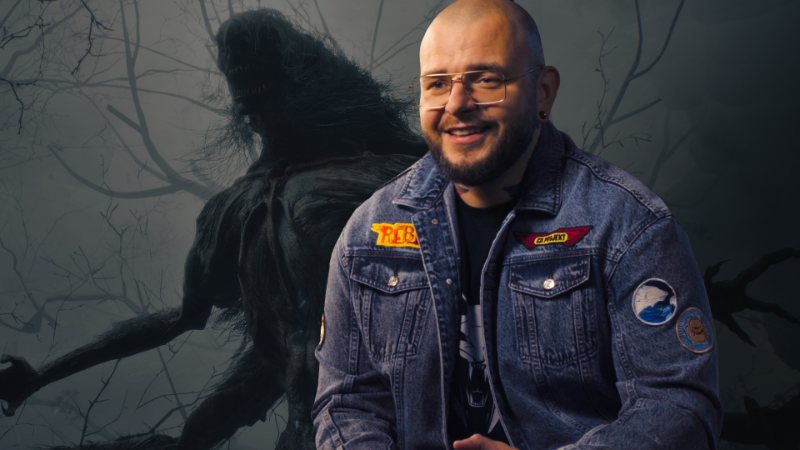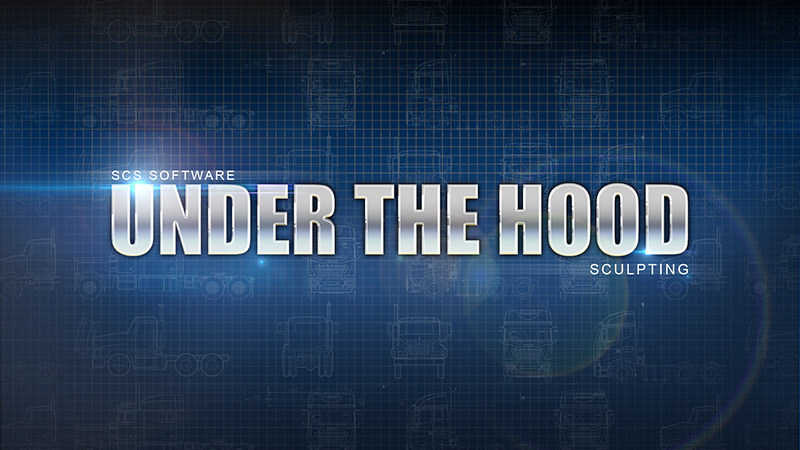Establish Clear Goals

When constructing any encounter, the very first thing a DM ought to do is to ascertain what the objective of that encounter needs to be. Is it to defeat the entire enemies? Kill a boss? Accomplish some form of job? Providing gamers with a transparent objective is step one to creating positive that they keep centered and work collectively.
In a current encounter I constructed for 10 gamers, I supplied gamers with a comparatively easy job: they wanted to find a secret tunnel hidden in one among 5 buildings, after which they wanted to destroy the tunnel with explosives given to the occasion. Because the objectives weren’t straight tied to fight, the gamers wanted to focus extra on transferring across the battlefield than killing each creature they discovered. Some gamers centered on crowd management, others went door to door searching for the tunnel, and others supplied safety for the gamers really carrying the restricted explosives.
The bigger a gaggle is, the less complicated a job needs to be. While a big group of gamers implies that they’ll take a bigger variety of actions per spherical, you additionally must needless to say every participant will probably solely have just a few turns to really accomplish their objectives. A bigger group doesn’t essentially imply that they’ll full extra advanced quests – it merely implies that every participant has solely a handful of actions to really obtain what they need to do.
Provide Secondary Objectives

If your group is especially massive, you might also need to present secondary goals to make it possible for the entire gamers keep occupied. After all, if a participant finds that the primary goal is nicely in hand, they could lose motivation and focus. In the instance above, I supplied gamers with the secondary objective of killing three lieutenants lurking within the space. This supplied the gamers who weren’t actively attempting to explode the tunnels with one thing to maintain them occupied and constructed a way that they had been contributing to the encounter.
Put External Pressures on the Party

Another trick to retaining the gamers centered and transferring rapidly is to supply the gamers with a tough time restrict. While you need to give the gamers ample time, you additionally must do not forget that gamers are likely to lose focus as an encounter stretches out over an prolonged time period. Giving the gamers a working clock additionally pushes gamers to make fast choices in a rush as an alternative of specializing in attempting to make the “proper” resolution each flip.
If you do not need to place the gamers with a tough time restrict, chances are you’ll need to discover different methods to maintain stress on the occasion. Setting the encounter in a room that is slowly filling with water or including extra enemies after each flip ought to maintain the gamers from considering that they’ll grasp again and slowly choose their method via an encounter at their leisure.
Simplify

One key to being an efficient DM is studying easy methods to simplify working the game whereas retaining the expertise satisfying for each your self and your occasion members. This is very vital when working an encounter that options loads of transferring elements. Good preparation normally takes care of a few of this – having “cheat sheets” itemizing ACs for occasion members and enemies will save time and power, as will utilizing fastened injury as an alternative of rolling for injury each time a hostile creature hurts a PC.
You’ll additionally discover that encounters go simpler you probably have solely 1 or 2 sorts of enemies on an encounter map. It could be extra attention-grabbing for a horde of enemies to have a number of totally different statblocks, however you may have extra time to strategize if the majority of your forces are all made up of the identical sorts of creatures. After all, a DM can all the time present additional taste to the enemies utilizing descriptions moderately than attempting to kind via tons of various stat blocks.
You may additionally need to take into account some “unofficial” guidelines, resembling treating some enemies as minions with just one HP. While this can be a holdover from earlier variations of D&D, it is nonetheless a helpful instrument for DMs who need to have a number of monsters for his or her gamers to kill.
Ask for Help

One mistake that loads of DMs make is considering that they are the one individual on the desk who can “run” the game. Having the gamers handle issues like Initiative orders or retaining monitor of HP and injury gives you much less work to concentrate on, which suggests which you can construct a extra satisfying expertise in your gamers. Most gamers might be joyful to assist, and this additionally offers them one thing to do in between turns and retains them centered on the game itself.
Conclusion
Trying to run a D&D game with numerous gamers is certainly extra work, but it surely’s not an unimaginable job. The core focus of D&D – specializing in storytelling and having a superb time – stays the identical regardless of what number of gamers are on the desk. As a DM, your first objective needs to be crafting an satisfying expertise in your gamers. If your gamers go away the desk joyful, than you need to really feel such as you did a superb job.



